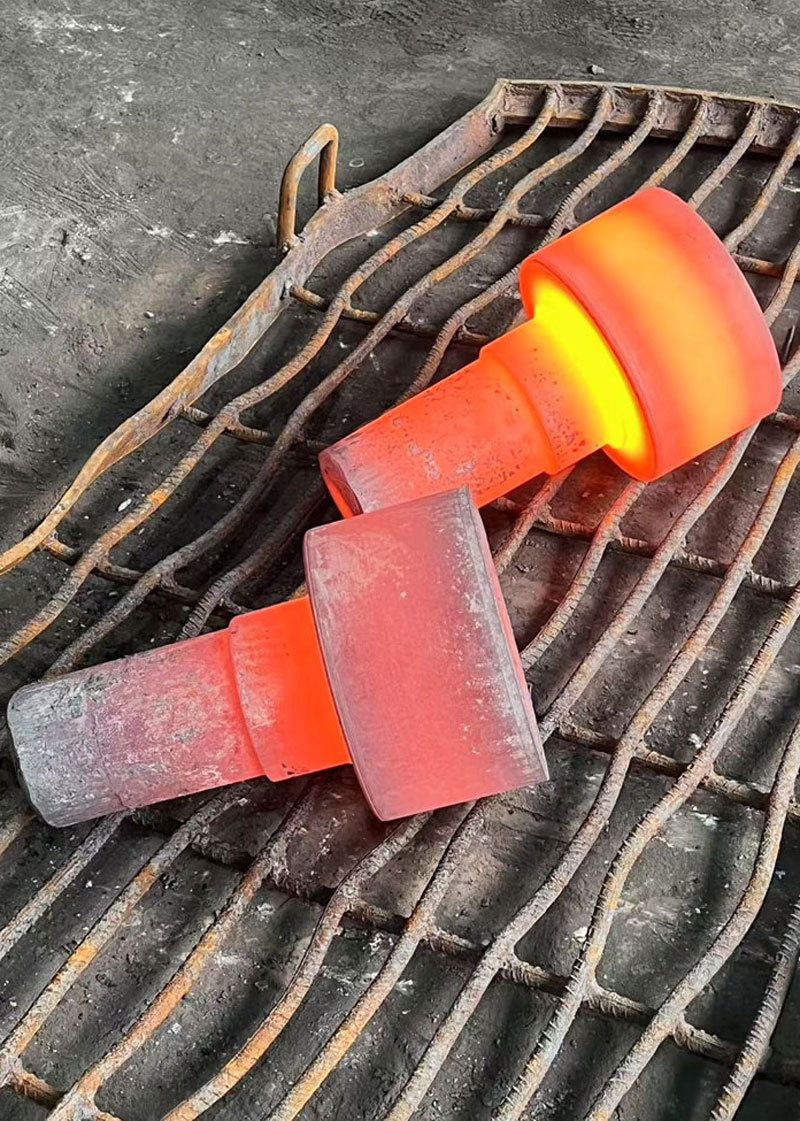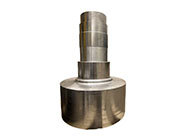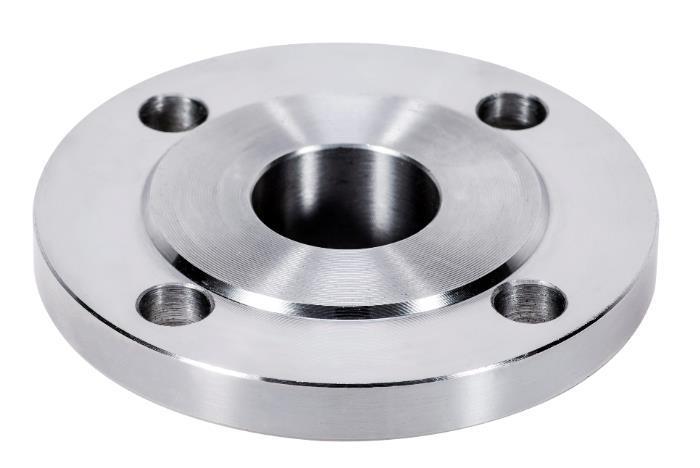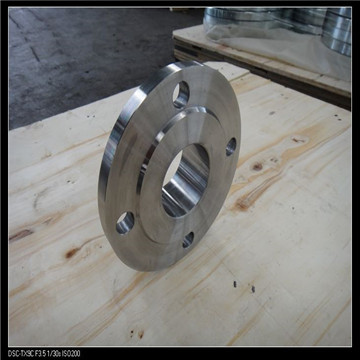The Essential Guide to Flanged Connections in Construction and Decorative Materials
Release time:
2025-05-06
Flanged connections are a critical component in the construction and decorative materials industry, particularly when dealing with piping systems. These connections consist of two flanges, which are flat pieces of metal or plastic with symmetrical holes that allow them to be bolted together. This design provides a reliable and robust means of connecting pipes, valves, fittings, and other equipment
One of the primary benefits of flanged connections is their ease of assembly and disassembly. Unlike welded connections, which can be time-consuming and require specialized equipment, flanged connections can be easily connected and disconnected using basic tools. This feature is particularly advantageous during maintenance operations, where quick access to piping systems is essential for reducing downtime and improving operational efficiency.
In addition to their ease of use, flanged connections offer versatility in accommodating different materials and sizes. Flanges can be manufactured from various materials, including steel, stainless steel, and plastic, allowing for compatibility with a wide range of piping systems. This adaptability makes flanged connections suitable for various industries, including plumbing, HVAC, and chemical processing, where different materials and operating conditions must be considered.
The design of flanged connections also plays a pivotal role in maintaining system integrity. The use of gaskets between the flanges creates a seal that prevents leaks, which is crucial for preserving the system's efficiency and safety. Proper gasket selection and installation are vital to achieving optimal sealing performance, as different applications may require specific gasket materials to withstand varying temperatures and pressures.
Furthermore, flanged connections can support the alignment and stability of piping systems. By distributing loads evenly across the connected components, they help reduce stress and potential damage to the pipes. This characteristic is especially important in large-scale industrial applications where fluctuations in pressure and temperature can occur.
When considering flanged connections, it is essential to adhere to industry standards and best practices to ensure proper installation and operation. This includes using appropriate bolt torquing techniques and selecting the correct flange type and size for the intended application. Regular inspections and maintenance of flanged connections can significantly extend the lifespan of the piping system and enhance overall reliability.
In conclusion, flanged connections serve as a fundamental aspect of modern piping systems in the construction and decorative materials industry. By understanding their technical specifications, advantages, and best practices, professionals can effectively leverage flanged connections to ensure efficient and safe operations in various applications.
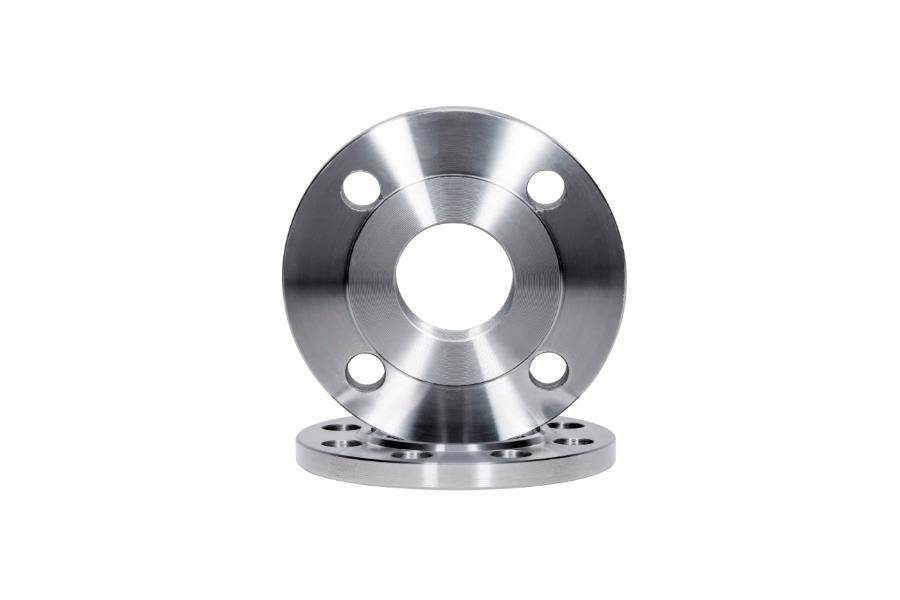
Latest developments
Innovations in the Forging of Stainless Steel for Superior Performance
Innovations in the Forging of Stainless Steel for Superior Performance Table of Contents 1. Introduction to Stainless Steel Forging Innovations 2. Importance of Stainless Steel in Various Industries 3. Overview of the Forging Process 4. Technological Advancements in Stainless Steel Forging 4.1. Machine Automation and Robotics 4.2.
Understanding Non-Standard Flanges: Importance and Applications in Construction
Non-standard flanges are critical components in piping systems, particularly within the construction and decorative materials sectors. Unlike standard flanges, which adhere to established dimensions and specifications, non-standard flanges are tailored to meet unique requirements that can vary based on specific project needs, environmental factors, or design specifications. This adaptability makes
Exploring the Versatility of Japanese Standard Flanges in Various Applications
Exploring the Versatility of Japanese Standard Flanges in Various Applications Table of Contents 1. Introduction to Japanese Standard Flanges 2. What Are Flanges? 2.1 Types of Flanges 3. Understanding Japanese Standard Flanges 3.1 Design and Specifications 4. Applications of Japanese Standard Flanges
--- Flanges are critical components in piping systems, serving as a connection point between pipes, valves, pumps, and other equipment. The term "American standard flange" refers to a specific category of flanges designed according to established standards in the United States, predominantly including ANSI (American National Standards Institute) and ASME (American Society of Mechanical Engineers)
Exploring Different Types of Threaded Flanges for Various Applications
Exploring Different Types of Threaded Flanges for Various Applications Table of Contents 1. Introduction to Threaded Flanges 2. Importance of Threaded Flanges in Construction 3. Types of Threaded Flanges and Their Applications 3.1 Standard Threaded Flanges 3.2 Slip-On Threaded Flanges 3.3 Blind Threaded Flanges 3.4 Socket Weld Threaded Flanges
The Essential Guide to Flanged Connections in Construction and Decorative Materials
Flanged connections are a critical component in the construction and decorative materials industry, particularly when dealing with piping systems. These connections consist of two flanges, which are flat pieces of metal or plastic with symmetrical holes that allow them to be bolted together. This design provides a reliable and robust means of connecting pipes, valves, fittings, and other equipment



